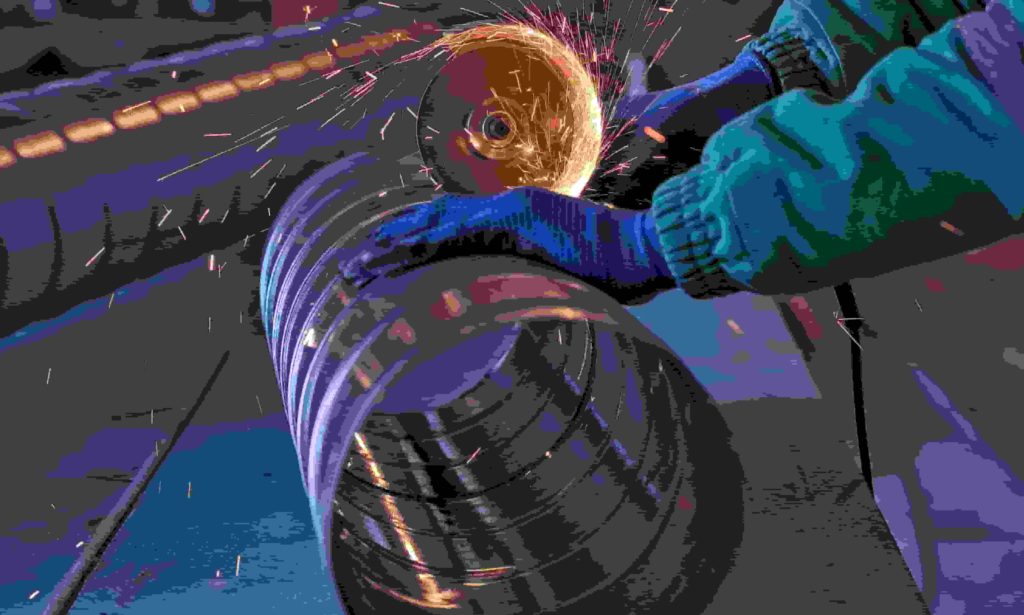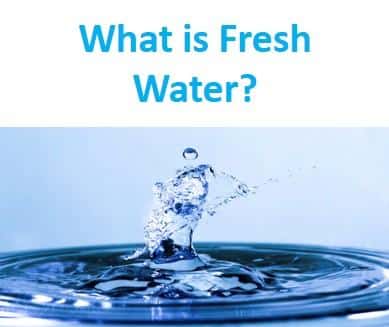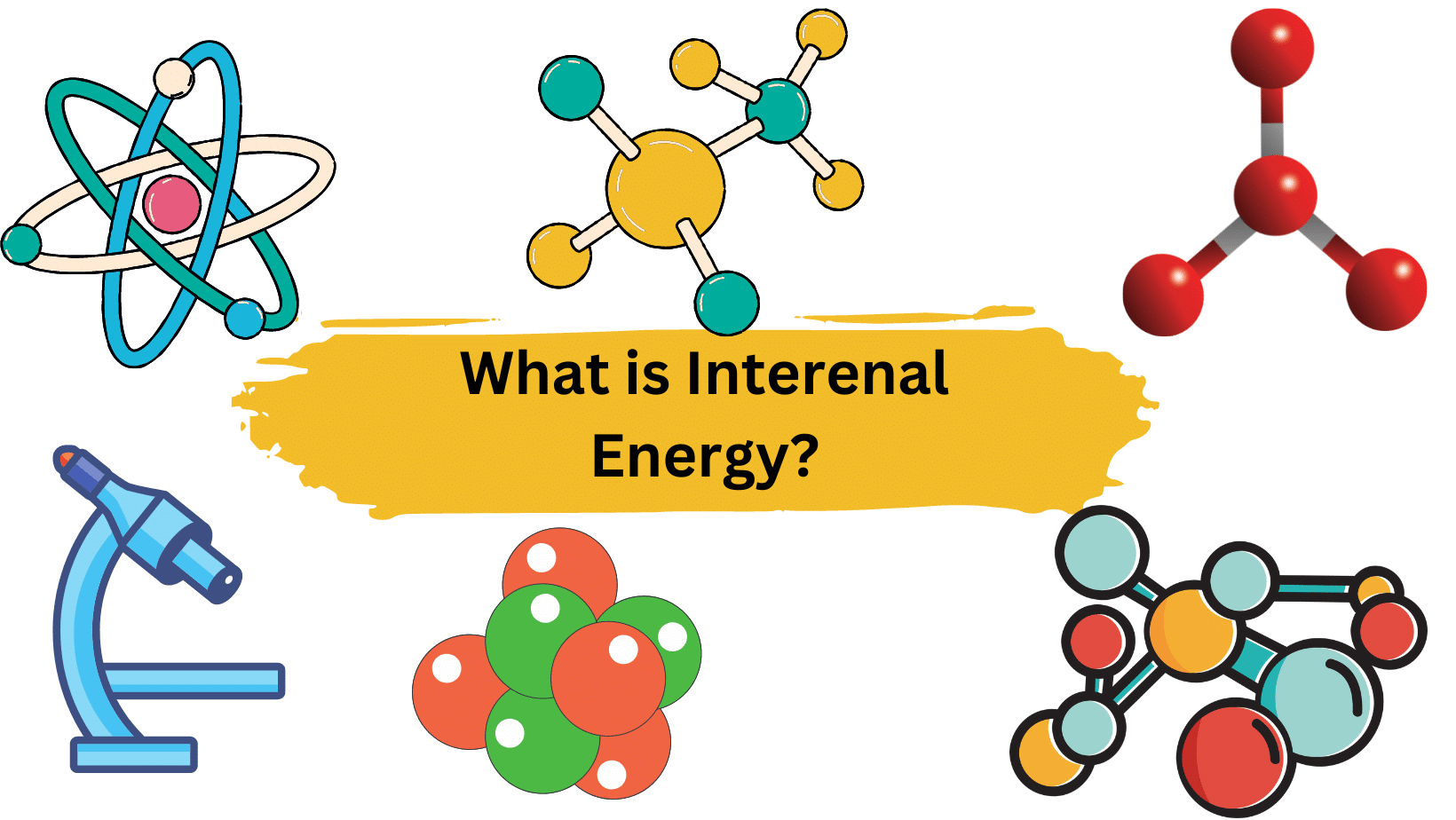An ion is an atom or group of atoms (molecule) with an electric charge. Gaining electrons makes the atom negatively charged (anions), and losing electrons makes the atom positively charged. Cations are positive-charged ions (cations). For instance, In sodium chloride (NaCl), a Neutral sodium atom (Na) becomes sodium cation (Na+) by releasing an electron and the chlorine atom (Cl) in the chlorine molecule (Cl2) becomes chloride anion (Cl–) by accepting an electron.

Some more examples of cations and anions are listed below:
Table of Contents
What is an Ion?
An atom or a molecule can lose or gain an electron(s) to form an ion.
When an atom/molecule gains negatively charged electron(s), a negative ion is formed.
Metal atoms lose the electron, or electrons, at their highest energy level and become positively charged ions.
Non-metal atoms gain an electron, or electrons, to become negatively charged ions.
Ionic bonds are formed when the electrostatic force of attraction arises between the negatively charged anions and the positively charged cations. An ionic compound is formed when two oppositely charged electrons form an ionic bond.
Molecule Definition
A molecule is a material’s smallest particle that possesses all of its physical and chemical properties. A molecule is made up of one or more atoms. If they contain more than one atom, the atoms may be the same (for example, two oxygen atoms in an oxygen molecule) or different (a water molecule has two hydrogen atoms and one oxygen atom).
How are Ions formed?
The valence electron shell of most atoms does not contain eight electrons. Some atoms only have a few electrons in their outer shell, while others only need one or two electrons to form an octet. When an atom has three or fewer valence electrons, it can easily lose those valence electrons until only a lower shell with an octet remains. Atoms that lose electrons gain a positive charge as a result of fewer negatively charged electrons remaining to balance the positive charges of the protons in the nucleus. Cations are positively charged ions. When most metals form ionic compounds, they become cations.
Ionic Compounds
Ionic compounds are formed through an electron transfer process, in which one atom transfers electrons to another. During electron transfer, an atom of one element loses one or more electrons, and an atom of another element gains those electrons. The electron transfer from ions involves both atoms. When an atom gains electrons, it becomes a negatively charged anion, while when it loses electrons, it becomes a positively charged cation. An ionic bond is a connection formed by two oppositely charged ions that attract and cancel each other’s charges to form neutral compounds.
Polar and nonpolar molecules
A bond between two nonmetal atoms that have different electronegativities and therefore have unequal sharing of the bonding electron pair is called a polar molecule.
A bond between 2 nonmetal atoms that have the same electronegativity and therefore have equal sharing of the bonding electron pair is called a nonpolar molecule.
Please refer to the full article “Polar vs nonpolar molecules”.
More Interesting Links
Is NH3 Polar or Nonpolar?| Simple Answer
SO2 Polar or Nonpolar
Is HCl Polar or Nonpolar?
HCN Lewis Structure & Molecular Geometry
How Many Cups in a Gallon? Cups to Pints, Quarts, and More
Electron Configuration for Iron (Fe)
SO2 Ionic or Covalent?| Simple Explanation
- BCl3 Lewis Structure in four simple steps - November 1, 2023
- PH3 Lewis Structure in four simple steps - October 8, 2023
- PF3 Lewis structure in four simple steps - September 24, 2023



